At Incolo, we talk about the term “investability” and define that as “people would want to invest in your business, even if you are not raising capital”. It’s something we are really passionate about as part of our mission to help create more successful founder-led businesses. We’re an accelerator for those who want to look at their optionality to grow through the crowd.
What is traction?
When thinking about what makes a successful start-up, or one that people would consider investing in, we tend to ask about revenue, market-size, terms of the investment, and other data points that are certainly important, but that do not say a lot about the business fundamentals. More importantly, they only minimally give insights into how those fundamentals match to the execution.
Many founders come prepared with a clear business plan but still struggle to succeed because they fail to think about the incremental measurements of success. We view those small measurements, and the execution steps to get to them, as traction. Traction is equally important to the business and for investability. Let’s break that down a bit.
Four Core Areas For Success
- Product/Market fit: Is there a market that wants and will validate your product or services assumptions?
- Team: Is the team suitable for the opportunity and can they execute? Do they have a plan for gaps?
- Capital: Is the company properly calibrated for sustainability?
- Sales Channels: How are channels of ‘trust’ with large groups of potential users & customers being leveraged?
Within those areas, we help founders think through the right goals and levers to pull to show traction towards the broader business needs. This helps guide your business towards the right customer, prevents waste of time and money, and puts you on the right path towards healthy growth.
Progress vs. Traction
Traction isn’t just progress towards your goals; it is fundamental to ensuring you can reach them. If company A sets a goal of getting 1,000 new customers in one year’s time (let’s assume 1,000 new customers helps generate the right sustainable revenue for the business – and to keep this very simple), it’s very typical that the company will think we can get 10 new customers in month 1, 50 in month 3, etc, until they get to 1,000 total.
When building traction, we might think, “what metrics do we need to hit to prove the market is viable with our current product to reach 1,000? How do we reach those customers with our given budget?”
Just by thinking in terms of those traction points, many businesses can build a sales and product development model that can carry them to the 1,000 and beyond before they run out of capital AND in the most efficient way possible. Additionally, they may very quickly realize the market cannot support their current product, pricing, or sales effort and have time to make the adjustments needed to be successful. In other words, just because you aren’t a quarter of the way to 1,000 customers in 3 months, doesn’t mean you aren’t hitting key traction points that are even more valuable to your business and investors.
With that traction, you can better assess the type of investment or revenue you would need to not just meet, but exceed your goals. Incolo’s programs were built around these concepts for different stages in your business. See the traction founders we work with are achieving.
Eric Porper
Head of Strategy

